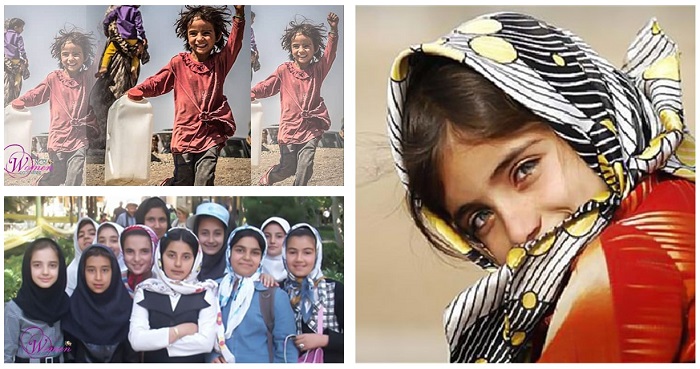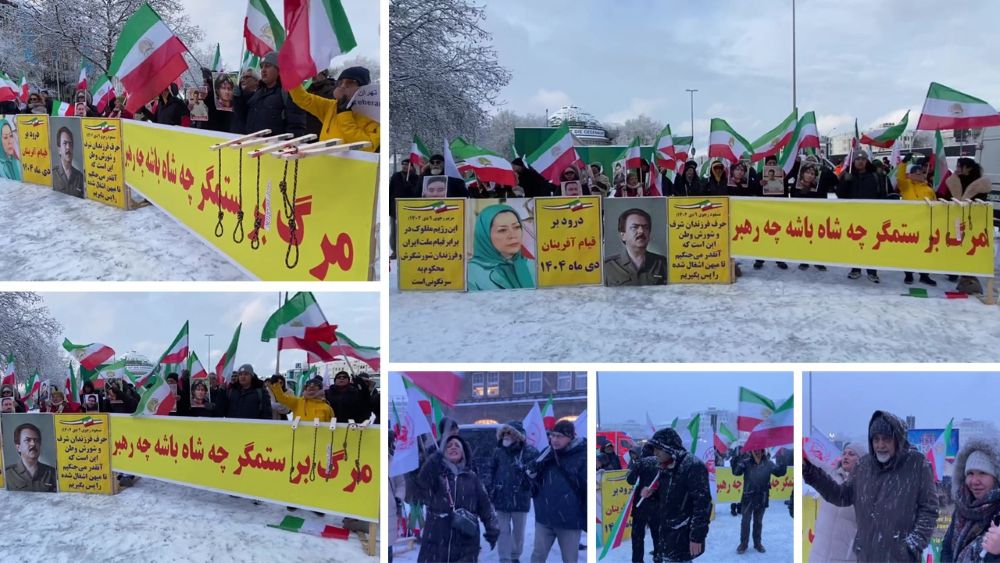
October 11 marks the United Nations’ International Day of the Girl Child, the day of observation is used to raise awareness of gender inequality and provide more opportunities for young girls around the world. At the same time, young girls in Iran are the ones most at victim from the Iranian regime’s misogynistic ideologies.
The theme of this year’s day of observation is ‘Digital Generation, Our Generation’ and is focused on addressing the needs of girls throughout the pandemic. Iranian girls have struggled immensely, especially when it has come to education. As many classes were moved online during the pandemic, many young girls in Iran were deprived of access to computers, tablets and smartphones, as well as access to the internet, leaving hundreds of thousands unable to participate in their education.
The National Council of Resistance of Iran (NCRI) Women Committee said, “The global occasion can reflect the successful emergence of girls and young women as part of society. But unfortunately, under the rule of a misogynist regime, most news about the Iranian girl child concerns violence, suicide, and forced child marriages—other news concerns deprivations from education, healthy nutrition, and medical care.”
The extreme poverty in Iran, especially in the past year, has led to an increase in the numbers of girls who have had to drop out of school or be forced into child marriages. Even at the young age of 13 and 14, many girls have turned to prostitution to earn money for their families.
Ebrahim Raisi, the Iranian regime president, abolished the UN’s 2030 Education Document in Iran last month, a universal and collective commitment to provide inclusive and good quality education for everyone. On the other hand, the regime’s National Document on the Rights of Children and Adolescents only focuses on the support of marriage for children under the age of 13, stating that child marriages are not illegal.
Zahra Ayatollahi, a member of the Women’s Socio-Cultural Council of the Supreme Council of the Cultural Revolution said that while parents forcing their child into marriage is illegal, under the law if the girl wishes to marry a young boy and the parents and the court approve it, the marriage is deemed legal.
The NCRI Women Committee said, “The Coronavirus outbreak harshly affected the lives of the vast majority of Iranian families already living under the poverty line. As a result, many families end up selling their daughters out of extreme poverty.”
The secretary of the National Authority for the Convention on the Rights of the Child, Mahmoud Abbassi highlighted that many families wed their daughters in exchange for as little as one million tomans ($36) due to poverty, with some weddings taking place before the girl turns 13, and then only later registering the marriage when the child is of age.
Official figures suggest that the number of child marriages in Iran is ‘about 30% higher’ than the current global average. The state-run ISNA news agency reported in February that between March and December last year, the number of marriages registered in Iran for girls aged between 10 and 14 was 23,698.
The NCRI Women Committee said, “The latest report of the National Statistics Center in 2020 indicated that the number of marriages of girls aged 10 to 14 was 31,379. The report also recorded 364 deliveries for mothers under the age of 15 in the summer of 2020.”



